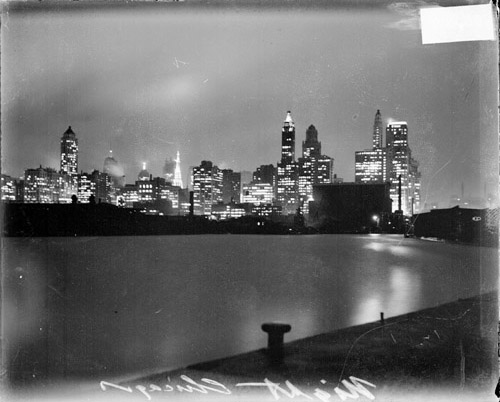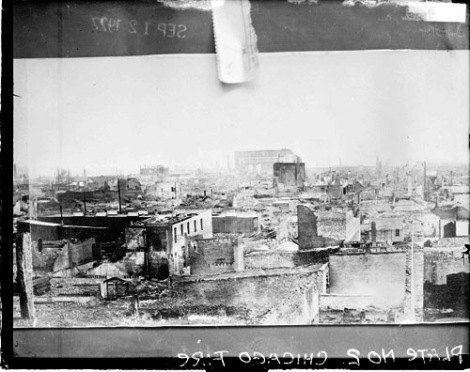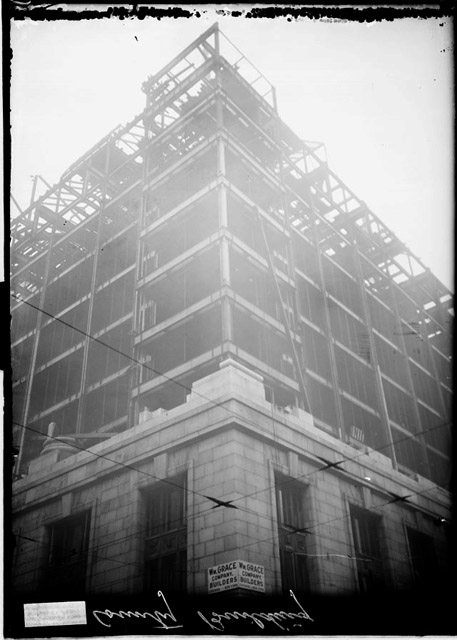One of the most common questions we hear on the architectural cruises is what is the Chicago School of Architecture? The Chicago School of Architecture has two schools, the First School (commonly known as the Chicago School) and the Second School. The First School is classified as commercial buildings built from 1875 -1925 and the Second School refers to modern buildings constructed from the 1940 – 70s (think Willis Tower, 860-880 Lake Shore Drive Apartments, and John Hancock Center).
The “Chicago School” was born after the Great Fire of 1871; architects had a blank canvass to rebuild the city. Architects decided to build vertically and construct the very first skyscrapers because Chicago’s population was booming and land values were doubling.
One of the most common questions we hear on the architectural cruises is what is the Chicago School of Architecture? The Chicago School of Architecture has two schools, the First School (commonly known as the Chicago School) and the Second School. The First School is classified as commercial buildings built from 1875 -1925 and the Second School refers to modern buildings constructed from the 1940 – 70s (think Willis Tower, 860-880 Lake Shore Drive Apartments, and John Hancock Center).
The “Chicago School” was born after the Great Fire of 1871; architects had a blank canvass to rebuild the city. Architects decided to build vertically and construct the very first skyscrapers because Chicago’s population was booming and land values were doubling.

The visionaries used iron and steel frames and complemented the metal structures with beautiful terra cotta. They learned to use metal frames because most of the buildings before the fire lacked structural support; moreover, this was why few buildings survived the fire.


Terra cotta was primarily used to decorate the exterior of buildings. The clay ceramic could be shaped into any decoration and was a native material to Illinois. The Chicago School is also known for its wide horizontal windows that consist of a large fixed center panel flanked by two smaller double-hung sash windows. The School is known to have distinct designs for the ground story, the main office floors, and the roof. Other Chicago School features include elements of neoclassical architecture like classical columns and cornice.

The visionaries used iron and steel frames and complemented the metal structures with beautiful terra cotta. They learned to use metal frames because most of the buildings before the fire lacked structural support; moreover, this was why few buildings survived the fire.


Terra cotta was primarily used to decorate the exterior of buildings. The clay ceramic could be shaped into any decoration and was a native material to Illinois. The Chicago School is also known for its wide horizontal windows that consist of a large fixed center panel flanked by two smaller double-hung sash windows. The School is known to have distinct designs for the ground story, the main office floors, and the roof. Other Chicago School features include elements of neoclassical architecture like classical columns and cornice.